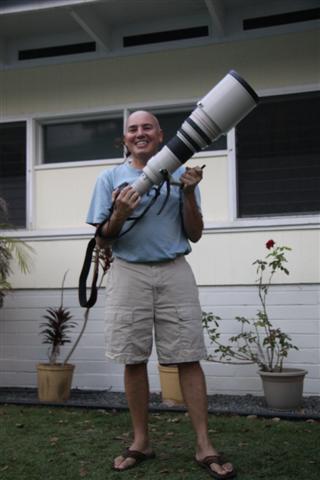There are basically two sets of considerations. The zoom range, as in 10x zoom, will run from the base focal length on up. Say 10x could be 10mm to 100mm or 50mm to 500mm. The second is a little more difficult and that's figuring out what the focal range means. That is going to work off of the sensor size.
It's convenient and common to speak of 35mm equivalents, in that many photographers were familiar with common focal lengths used on 35mm film cameras and that is essentially the same as the "full frame" digital sensor. Although perhaps not perfectly so, 50mm is considered to be 1x or no magnification. Focal lengths shorter than 50mm are wide angles, like 35mm, 28mm, 24mm, etc., getting wider as the focal length decreases. Longer focal lengths magnify the image. A 100mm lens would be like looking through a 2z set of opera glasses. Not too much but still 2x. 200mm would be 4x and the common 7x binocular could be compared to 350mm, the 500mm lens, the 10x binocular. A 28-300mm lens could be a convenient travel lens, starting at a nice wide angle and going to a 6x magnification. The 150-600mm Tamron, otoh, runs out from 3x to 12x.
Where it gets to deal with messier numbers, is with other size sensors. That aps-c sensor is smaller, the m4/3 is smaller than that, and 1" and smaller sensors populate the "point and shoot" range of cameras. APS-C has a crop factor of 1.5x for most makers and 1.6 for Canon, IIRC. So most of us can still multiply that in our heads. Since the sensor is smaller, you need a focal length that is 1.5x shorter to put the same size image on the sensor. Example. If you have a 6 foot tall man and you place him so his feet are at the bottom of the frame, and his head at the top with a 50mm full frame sensor, on an aps-c sensor, about a 35mm focal length at the same camera to subject difference. Conversely, that also means that with smaller sensors, the same focal length seems longer, that the 50mm lens on the aps-c puts the same size image on the sensor but now his head and feet are cut off because the sensor is smaller. That's a benefit at longer focal lengths, it seems like we have extra reach. I can use a less expensive 300mm lens instead of a 450mm lens to put the same image on the sensor. (But as with a cropped piece of film, to get the same size image on a print or a screen I have to enlarge it more.)
If you search out things like crop factor, sensor size differences, etc., there are plenty of discussions out there that go into more detail, pictures, etc.

